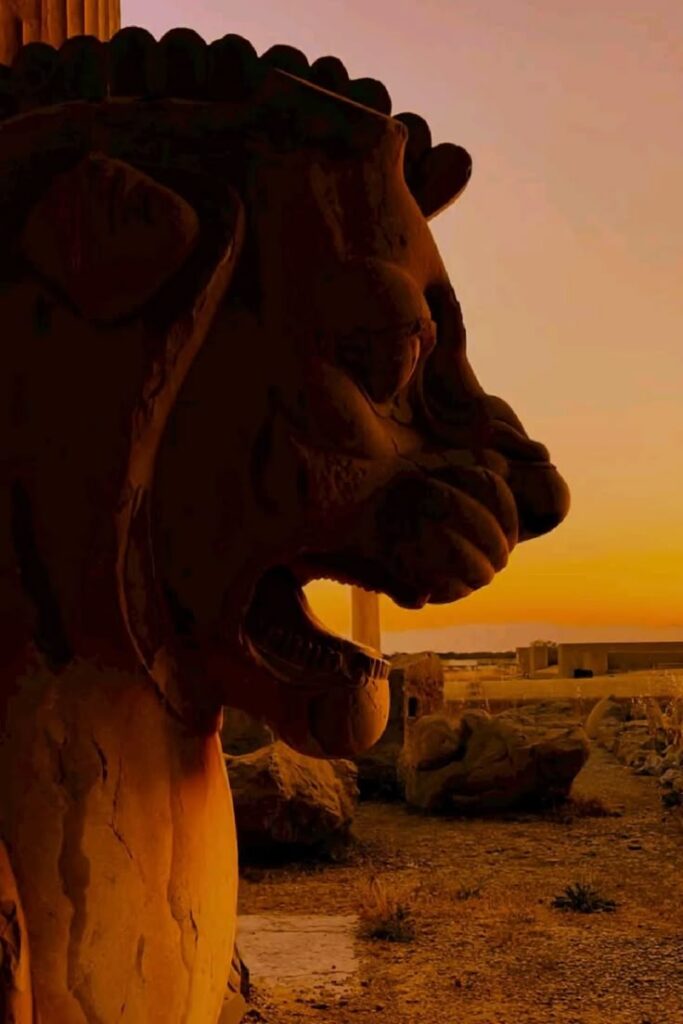Iran’s economy in 2025 is expected to face a mix of persistent challenges and potential opportunities. Sanctions, inflation, and structural inefficiencies continue to weigh heavily on growth, while government policies and external factors like oil prices and diplomatic relations will play crucial roles in shaping the economic outlook.

Key Factors Influencing Iran’s Economy in 2025
1. **Sanctions & Geopolitical Tensions** – U.S. and Western sanctions remain a major hurdle, limiting Iran’s access to global markets and foreign investment. – The revival of the JCPOA (nuclear deal) could provide relief, but political uncertainties persist.
2. **Inflation & Currency Depreciation** – High inflation (likely above 30%) and a weakening rial continue to erode purchasing power. – Government efforts to stabilize the currency face challenges due to limited foreign reserves.
3. **Oil & Energy Sector** – Oil exports remain crucial, but fluctuating prices and sanctions impact revenue. – Iran is diversifying trade partnerships with China and Russia to bypass restrictions.
4. **Domestic Policies & Reforms** – Subsidy reforms and attempts to reduce reliance on oil income are ongoing but progress is slow. – A growing informal economy and unemployment (especially among youth) remain pressing issues.
5. **Digital Economy & Alternative Markets** – Cryptocurrency and digital trade are gaining traction as Iran seeks workarounds to financial restrictions. ###
**Conclusion** Iran’s economy in 2025 will likely remain under pressure, but strategic shifts in trade and domestic policies could offer some stability. The country’s ability to adapt to sanctions and global market dynamics will determine whether it can achieve modest growth or face further contraction.
There’s a quiet elegance in the way you express your thoughts, each word chosen with such care and precision.
Thanks ❤️